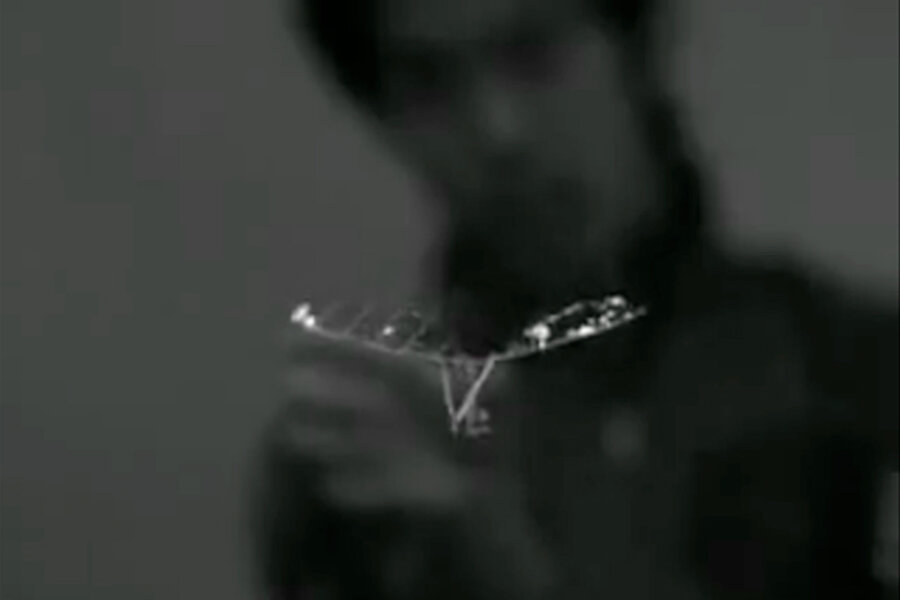Artificial butterfly reveals mysteries of flight
Loading...
Researchers have built and flown a replica of a swallowtail butterfly to see exactly how this puzzlingly big-winged, slow-flapping insect soars.
The results could inspire the design of future aircraft based on the swallowtail's distinctive mode of flying.
Swallowtails have giant wings relative to the size and weight of their bodies. These unique butterflies' front wings also partially overlap their back wings, restricting the freedom of motion as well as the frequency of their wings when flapping.
In a trait they do share with other butterflies, swallowtails also lack stabilizing tail wings like those found on airplanes. These fins would serve to dampen the up-and-down motion of the butterflies' fuselage-esque body in flight as each pump of their wings gives them a boost (picture how a butterfly bobs over a sunny meadow).
Given this setup, swallowtails' ability to control how they fly appears to be rather limited, with their bodies moving passively rather than actively responding to in-flight aerodynamics, as is common in insects with differing wing arrangements.
Hiroto Tanaka, a postdoctoral fellow at Harvard University and lead author of a new study, said he and his co-author were "interested in the meaning of such a way of flight" and wondered why in the course of evolution this flying style would emerge.
To investigate how the the swallowtail gets around just with simple flapping motions, Tanaka constructed a lifelike "ornithopter" that matched the dimensions of the butterfly.
While building this model from balsa wood, rubber bands and a steel wire crank, the most attention went to the plastic wings. The scientists carefully mimicked the characteristic swallowtail wing shape, including the supporting structural veins that lace these thin membranes.
The researchers then filmed and dissected flights of the faux butterfly with motion analysis software. The video showed that swallowtail flight is possible with basic flapping motions without much in the way of feedback control.
As for that undulating body motion, it actually works to enhance the lifting effect of the wings' downstrokes, Tanaka noted, propelling the butterfly along.
The research was published today in Bioinspiration & Biomimetics.
- 'Green' Plane of the Future Might Have Two Cabins
- Electric Planes Could Transform How We Fly
- 10 Profound Innovations Ahead
Related





